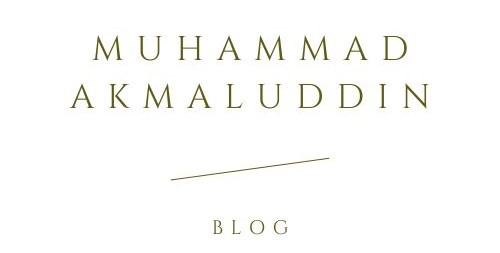Fortified Construction Techniques in al-Ṭagr al-Awsaṯ, 8th–13th Centuries
Spanish Islamic military architecture shows an attempt at the systematization of works, techniques, and defensive elements, commencing in the era of the Umayyad Emirate and Caliphate up to the North African Empires (Almoravids and Almohads). This article presents an analysis of the constructive techniques and systems employed in the fortified architecture in al-Ṭagr al-Awsaṯ; that is, the Medium Frontier Territory of al-Andalus, called Marca Media, between the 8th and 13th centuries. The fortification of the borders was an objective of the Umayyad Emirate and Caliphate, as well as of the new kingdoms of Taifas and the Almoravid and Almohad Empires. The buildings were designed not only to defend a territory but also as a way of demonstrating the political power, and thus they were used as “state propaganda”. The triumph of the Islamic State over different groups, the advance of the Christian conquest, the decline of the Caliphate, and the invasion of the Almoravids and Almohads were situations that modified the definition of borders, the strategies of defense, and the organization of cities and territories. Therefore, the construction of fortifications acted as a mirror reflecting the social, political, and economic circumstances, whose changes depended on the real possibilities, knowledge, celerity, or technological evolution of the time. As such, these constructions permit an analysis of not only the building techniques, but also the people who carried them out, showing in their remains the social implications and organization of work from the master builders down to the quarry workers. This article presents the organization and technical knowledge of construction through a selection of cases studies, including watchtowers, castles, city walls, and fortresses.
https://www.mdpi.com/2076-0752/7/4/55







0 Comments
Silahkan meninggalkan saran dan masukan terkait blog ini. Semoga bermanfaat. Terima kasih.